Many sporting disciplines are highly competitive. From the energetic point of view, there are two main strategies during training: one is to improve efficiency, the other one is to improve maximal performance not focusing on consumed metabolic energy. Besides improving efficiency or performance, it is essential to decrease the risk of injury to a minimum and to help athletes to return-to-training after injury. Technology is helping athletes, thanks to the development of lots of tools in the last decade, allowing them to control their parameters and to improve their performances.
Not only athletes, but their coaches are interested to use different tools that would help them to pursue their ultimate goal. The aims are different: athletes are looking for instantaneous feedback during training, which is often limited to one or two essential parameters without losing focus on their tasks. On the other hand, coaches are interested in several parameters to make analyses (single or multiple cases) to provide feedback, in real-time or afterward. Both athletes and coaches are interested to follow and compare their progress over time and adjust future training.
Let’s take as an example the case of a professional skier who trains in the giant slalom. Competitive skiers know well that managing energy is crucial. Dissipating less energy in a certain stretch/section, conserving it when possible, is vital for achieving the ultimate goal, i.e. winning the race.
Stretchable electronics: the existing technology
We can find many devices to collect sports data on the market, but the existing technology is rather bulky and obtrusive. In addition, it often suffers from poor fixation to the human body, which results in either decreased accuracy or sometimes even in complete loss of data, particularly in intensive sports movements, which are often accompanied by sweating (negative influence on fixation). The most advanced tools are either wired or consumes much power when being wireless, which makes it is rather difficult to install or it can only be used for a shorter time. As a result of above-stated weaknesses, the existing electrophysiological and biomechanical sensor technology is challenging to use in an outdoor environment, particularly in cold weather temperatures. Finally, most of the current sensor technologies are equipped with unintuitive and rather cumbersome user interfaces that are difficult to use. This is predominantly inappropriate for elite athletes that have several training sessions per week and little time to spend on the measurement equipment.
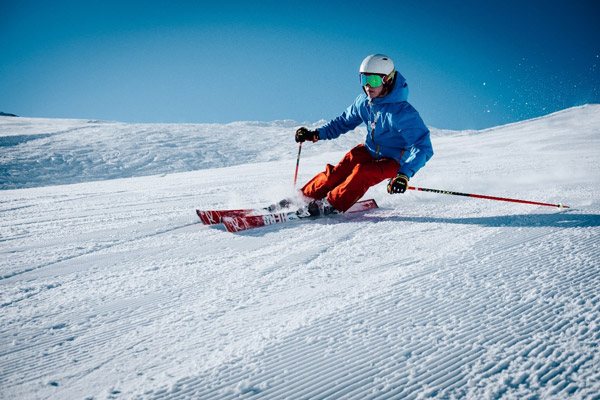
How SINTEC smart patch can help athletes and trainers?
Thanks to the SINTEC smart patch, the athlete can be monitored in real-time due to a soft and smart patch that adhere to the skin, not at all obtrusive and able to communicate directly with the monitoring systems of the nearby coach. Moreover, the timely warning of overtraining provides athletes the ability to push themselves to their maximum limit safely, always controlling their health parameters thanks to an intuitive and comfortable device on. Researchers are studying which parameters will be essential to measure: heart rate, for example, is one the most important ones to optimize training with appropriate levels of exertion. Body core temperature is important to avoid overheating (hyperthermia) in a hot environment and monitoring blood pressure at rest and at different levels of exercise can provide important data on the state of health and preventive diagnosis of different kinds of diseases.
Other interesting and useful data to collect are physical strain and muscle fatigue. Measuring the physical strain is important to decrease the risks of injuries due to insufficient warming up but also to decrease health-related complications by closely monitoring the general wellbeing of the athlete. The muscle fatigue is an important aspect to be considered too, in fact, its measurements can lead to a decrease amount of injuries due to overtraining by measuring muscle activity. Besides, in alpine skiing it can be used to monitor losses of balance and/or places on the course of higher risks by extensive increases in certain muscle activations.
Last, but not least, the frequency of movements and the monitoring of the asymmetry of body movements prior to (baseline/scan) and in connection with injuries are important aspects to consider in lots of sports activities, skiing for example.

Stretchable electronics: the role of the coach
Both athletes and coaches are interested to follow and compare their progress over time and adjust future training. The role of the coach may be less tiring on the physical point of view but certainly, it is burdened by many more responsibilities towards, first of all, the well-being of the athlete and, secondly, towards the results of the latter. The success of a coach often and willingly passes from the performances that his athletes are capable to offer and these depend directly on his ability to analyze the results during and after training. By introducing a product that monitors the physical performance and wellbeing of the athlete, the coach can shift an important part of his focus towards the mental wellbeing and motivating athletes. This can prevent occurrences such as athlete burnout.
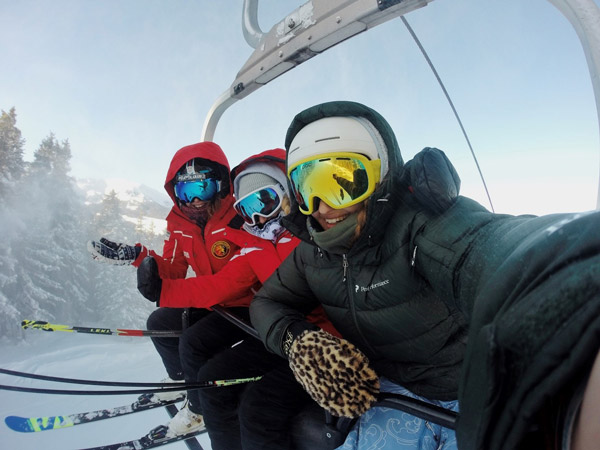
Consider just for a moment the general occurrence of injuries in the professional sportsmen field. Surely, also your favorite athlete suffered from an injury at least once in his career. In many cases, these injuries have short-term healing times but there are cases able to undermine an entire career. If both athlete and coach have access to a multitude of soft skin patch collected data, many injuries could be avoided. Probably not the ones occurring during a ski race but certainly the ones occurring during daily training. The ability to keep heart-rate, blood pressure and body core temperature constantly monitored makes this device efficient in preventing injuries and maintain the athletes in good health, decreasing health-related complications by closely monitoring the general wellbeing of athletes.
A skier in good physical condition and sure of his well-being is a better skier. He is on the springboard to get the most out of his passion and his work, just as his coach can understand perfectly where his athletes can give more and where the athletes must be able to push less for their own good.
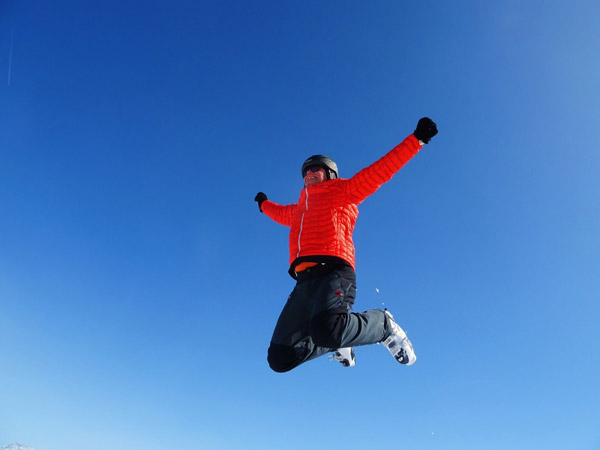
What do you think about the role of stretchable electronics for athletes and trainers? What is it crucial to monitor with the SINTEC smart patch. Give us your opinion!
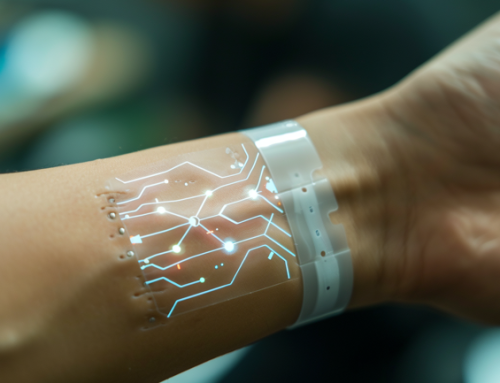

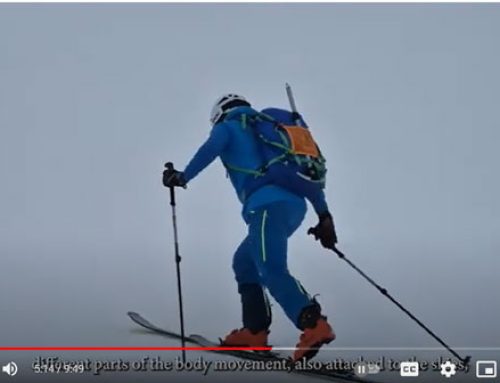
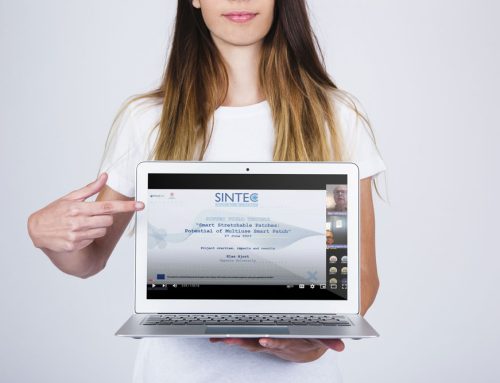




Leave A Comment